
I’m not above indulging in some quote-unquote bad beauty habits. Sometimes, a whitehead just needs popping. But perhaps my all-time favorite rule to break is pulling split ends. Despite being ill-advised, it's undeniably oddly satisfying. And thoroughly examining the shape and size of my split ends actually tells me a lot about my hair needs.
Any split end likely signals the need for a shorter haircut and hair masks for damaged hair, but each sub-type of split end indicates a specific marker of hair health. For example, a basic, two-prong split isn’t too much cause for concern, but a fork in the road or the very complex tree-shaped split end requires intervention.
Decoding the meaning behind your split ends’ shape is actually pretty easy—with some help from the pros. Here, celebrity hairstylists Clariss Rubenstein and Xavier Velasquez, along with hair research and development expert Eric Spengler, explain everything you need to know about split ends—from what causes them to how to repair damaged hair.
What Is a Split End?
The name is pretty literal. “A split end is when the cuticle, or out layer of the hair is damaged, causing the hair to split,” explains Rubenstein. “But finding some split ends doesn’t mean all your hair is unhealthy—it just means the split strands have experienced some damage.”
All hair types and textures, from thin and straight to curly and coarse, can experience split ends. Typically, they’ll fall into one of six categories: The basic split, the mini, the fork in the road, the tree, the candle, or the knot. Below, we’ll break down each type.
What Causes Split Ends?
The root of all split ends is either dryness or damage that leads to dryness. Think of your hair like a rope or a shoelace string. If it’s left unmoisturized or is bombarded with continuous wear and tear, the ends will fray.
- Hair Type
While no hair type is immune to split ends, some are more prone than others. “They tend to happen more often if hair is curly or coarse,” explains Rubenstein. Curly and coily hair is more likely to be affected by environmental stress (read: humidity—and the frizz that comes with it), dryness, and heat damage—all of which lead to split ends.
- Damage
Hair damage can take many forms. “It can be caused by a lack of haircut maintenance, heat styling, color, or even other salon services that dry or damaged hair,” explains Velasquez. It’s important to get haircuts regularly (every two to three months) and ensure your replenishing hair moisture after bleach, at-home keratin, or even toning treatments.
At-home styling, like curling, straightening, or blow drying, can also cause ends to become brittle and fray, so make sure to use one of the best heat protectants.
- Dryness
If your hair is naturally on the drier side, you’ll naturally be more prone to split ends. That in mind, dryness can also come about from lifestyle habits, like swimming in chlorine, using drying styling products, or excessive hair washing.
How to Seal Split Ends
- Don’t Pull Them
I’m the first to admit how tempting it can be to pull apart a split end, but take it from the pros: Don’t do it. “Pulling your split ends weakens the overall strand, making it thin and fragile,” explains Velasquez. It can also worsen the existing split end and cause to fray even farther up the strand.
- Get a Haircut
“Cutting your hair every two to four months should keep split ends at bay,” says Rubenstein. “You don’t need to cut a lot, just a trim or dusting will help.” Getting a cut prevents the split from traveling up the strand and fracturing the hair integrity further.
- Use Hydrating Hair Products
“Split ends are a sign that your hair strands have been compromised and that moisture needs to be replenished,” explains Velasquez. Restoring moisture is the easy solution. Make sure you nourish with great conditioners and masks to prevent dryness, which will, in turn, prevent split ends, explains Rubenstein. You can also incorporate oils and creams into your haircare routine to seal the split end.
"This is a great product that focuses on split end repair," says Rubenstein. She's not the only one that loves this split end sealing treatment. The brand has celebrity fans in Halsey, Selena Gomez, Rihanna, and Hailey Bieber.
"This is my favorite split end repairing product. Formulated with the highest concentration of the band’s 100 percent bioidentical, healing protein, Alpha Keratin 60ku, Damage Reverse Serum is clinically proven to reduce split ends by 98 percent, penetrating down to the cortex of the strand and reversing damage from the inside out," says Velasquez.
I always use a dropper full of this oil and day two hair. Not only does it seal split ends momentarily (this makes my hair look so much healthier), but it also creates stronger strands in the long run.
If you color your hair, you're automatically more at risk for split ends. This Oribe product will help preserve your color while simultaneously addressing the damage it causes. Plus, the delicious signature scent will completely replace your perfume.
What Your Split End Says About You
"From a scientist's perspective, there are an infinite number of combinations of split ends," explains Spengler. But we’re breaking down the six main types, below.
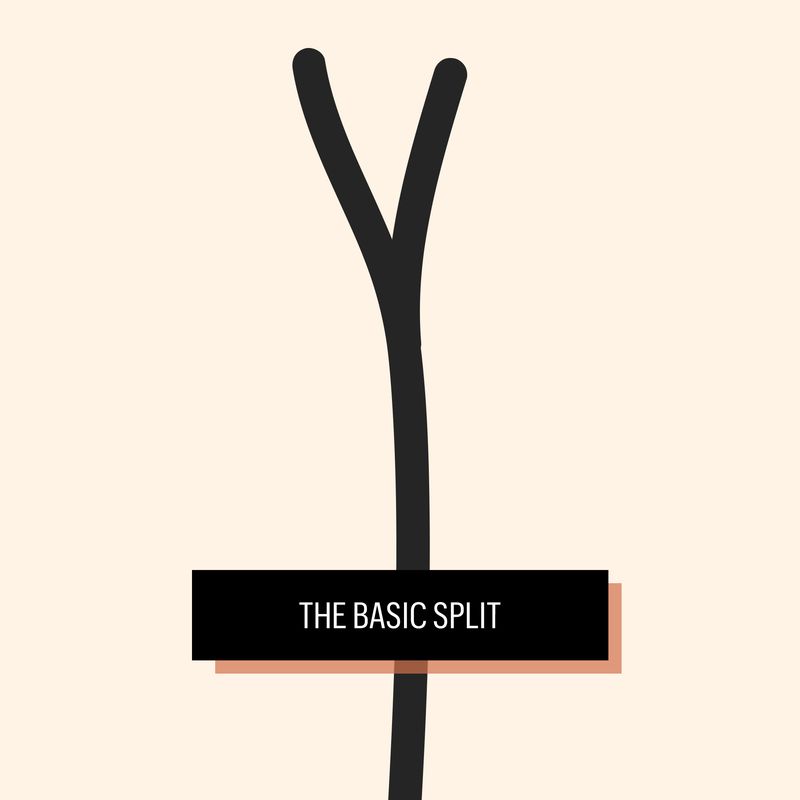
"These are probably the most common types and are examples of early split development," explains Spengler. Having a few basic splits is normal and just a sign of regular wear and tear or seasonal hair dryness.
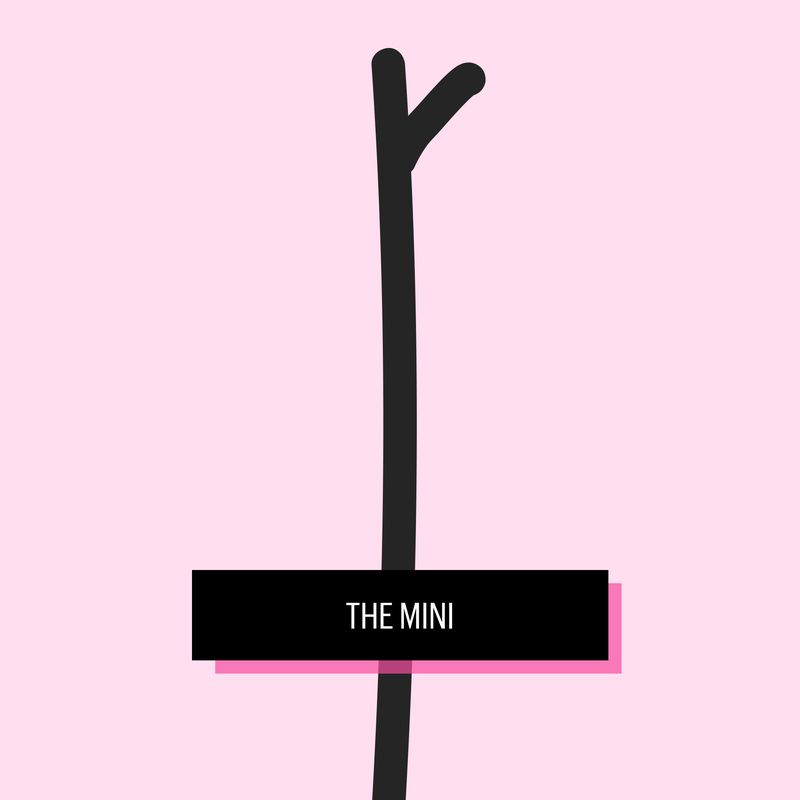
Like the basic split, the mini is very common and an example of early split development. “This is the first sign of needing a haircut,” says Velasquez. A mini split means your hair could benefit from some added hydration, but it’s nothing that should cause huge concern.
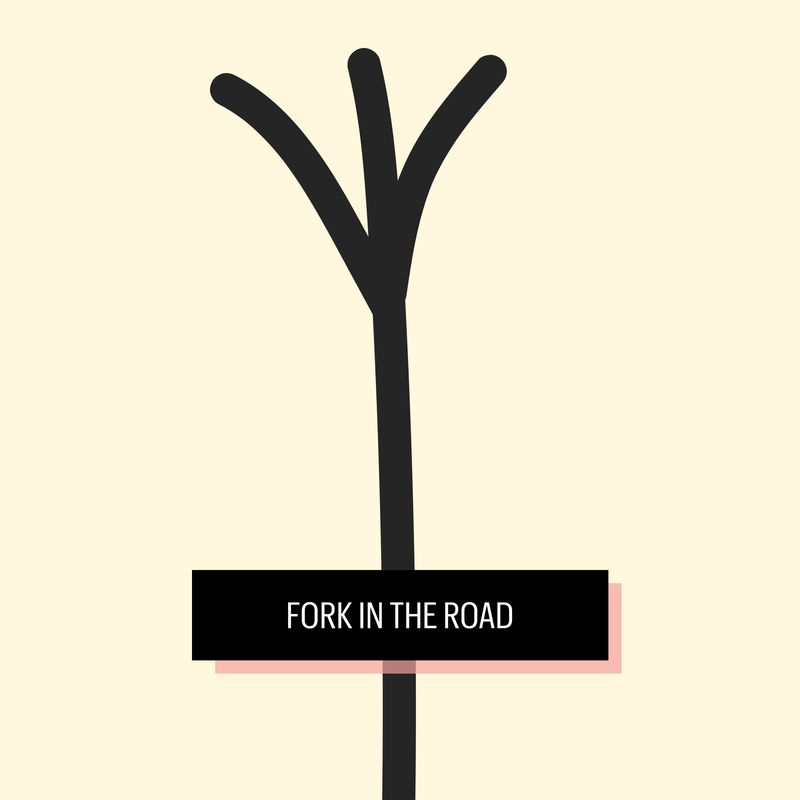
"These are slightly less common as the basic split and mini and are examples of more damage to the hair fiber," says Spengler. "The fork in the road shows more widespread damage and more significant splitting."
A fork in the road is basically your hair crying out for hydration. Add a mask in ASAP for an immediate and visible improvement. In the long term, however, you should consider getting trims or dusting more regularly.
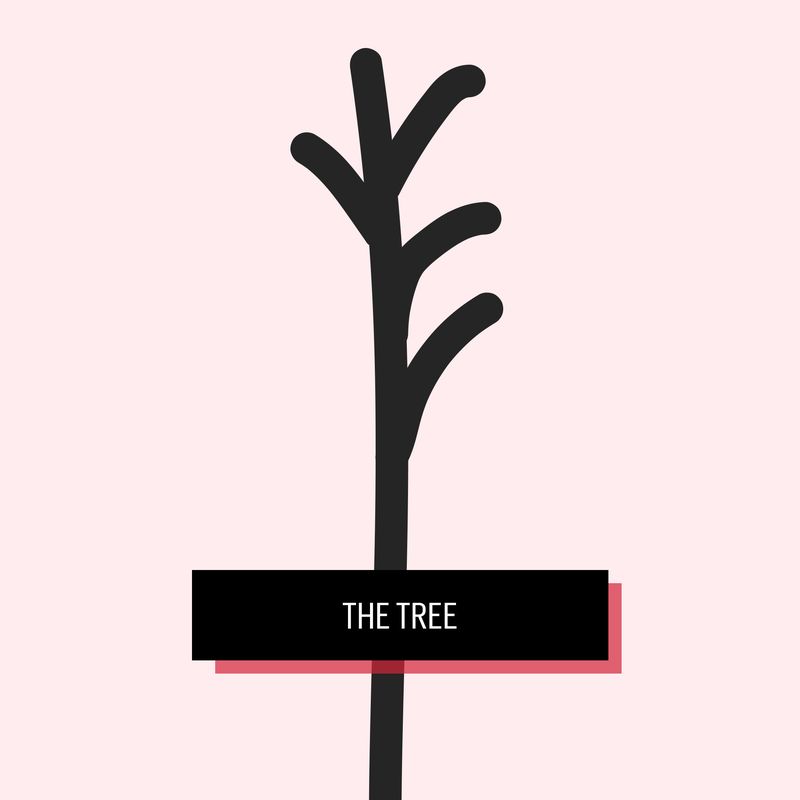
"The tree shows an example where more damage has occurred to one side of the hair fiber than the other, and as a result, several 'branches' are beginning to separate," explains Spengler. Similar to the fork in the road, a tree is a sign that your hair is extremely dehydrated and needs to be cut.
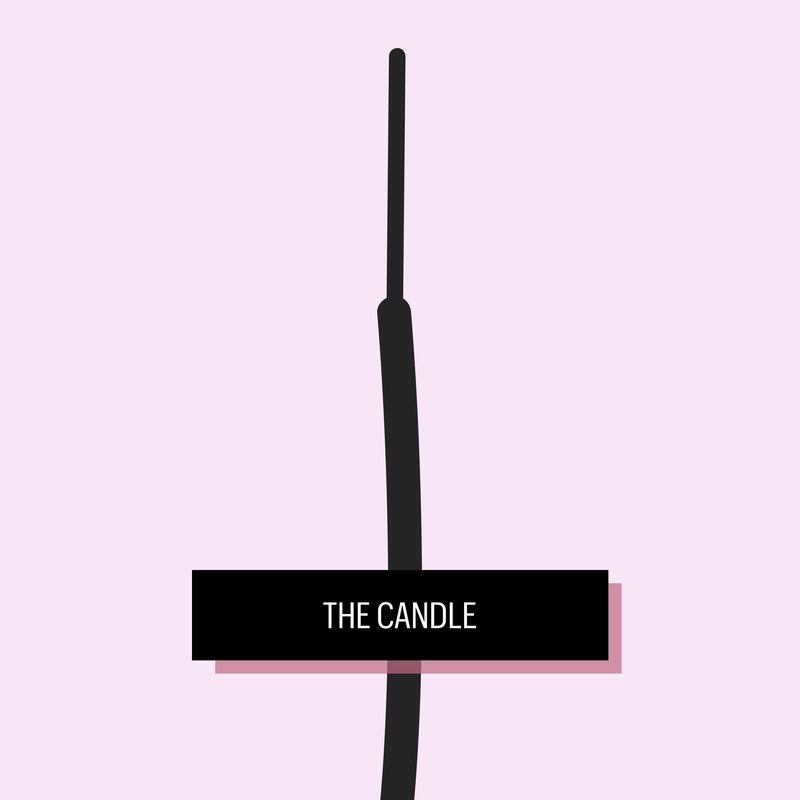
This isn’t your traditional split end—but it could be the start of one. “Instead of splitting into multiple pieces, it tapers down and gets very thin at the end,” notes Rubenstein. It’s a sign that hair is very brittle and susceptible to breakage. If you spot candles popping up, get a trim (always a good option!) or load up on split end repair products.
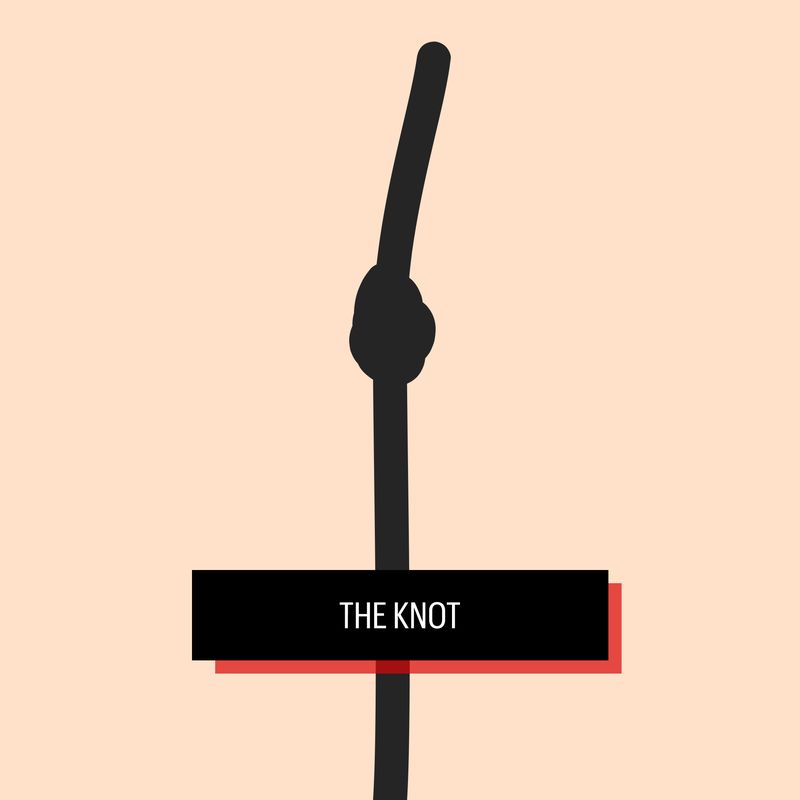
"Single strand knots are self explanatory," says Spangler. "Curly hair types have this problem where the curl has tangled and has caused its own knot. It will typically cause the hair to break at that spot from brushing." Take this as a cue to use detangling sprays before brushing and incorporate extra hydration into your routine.







